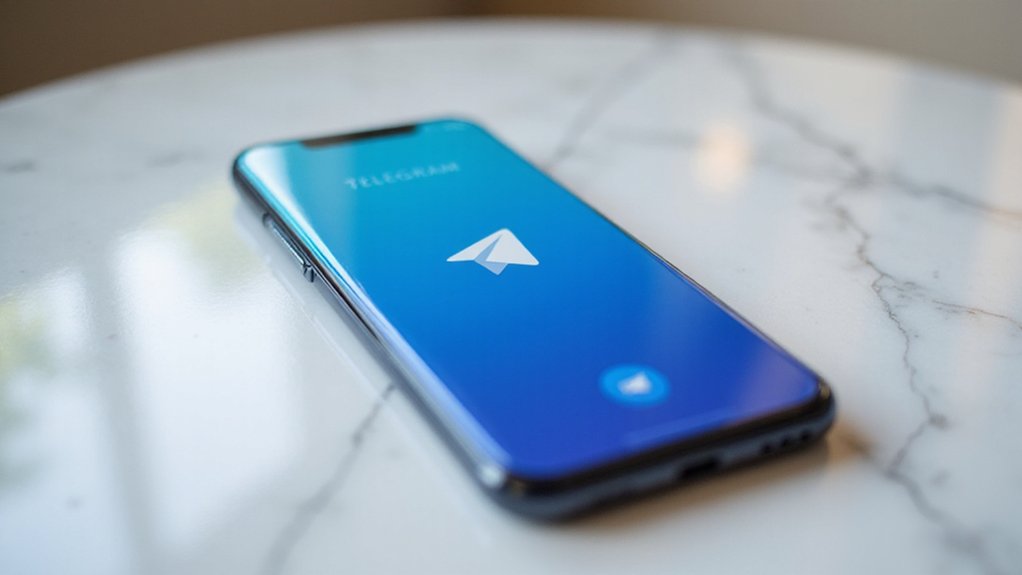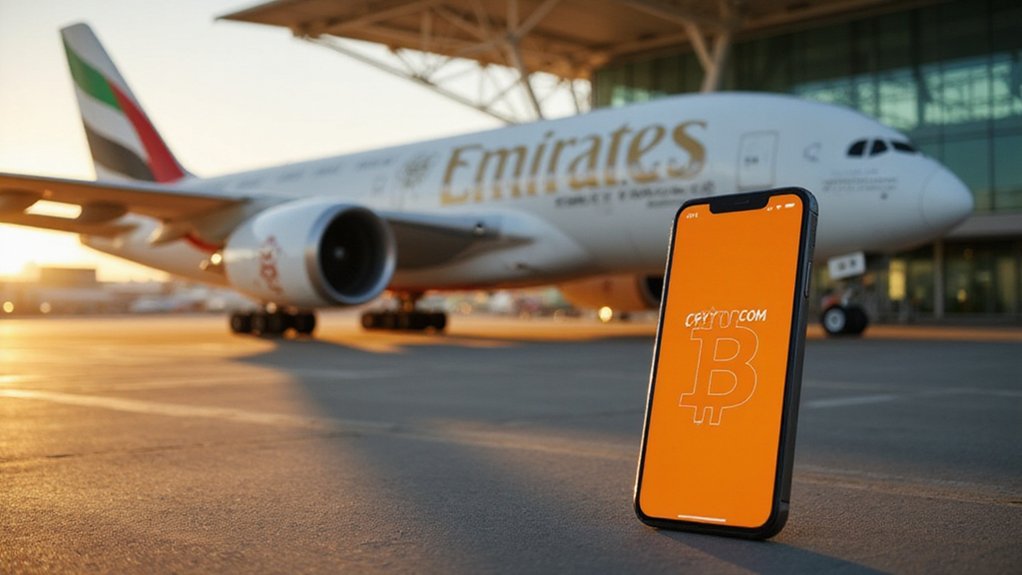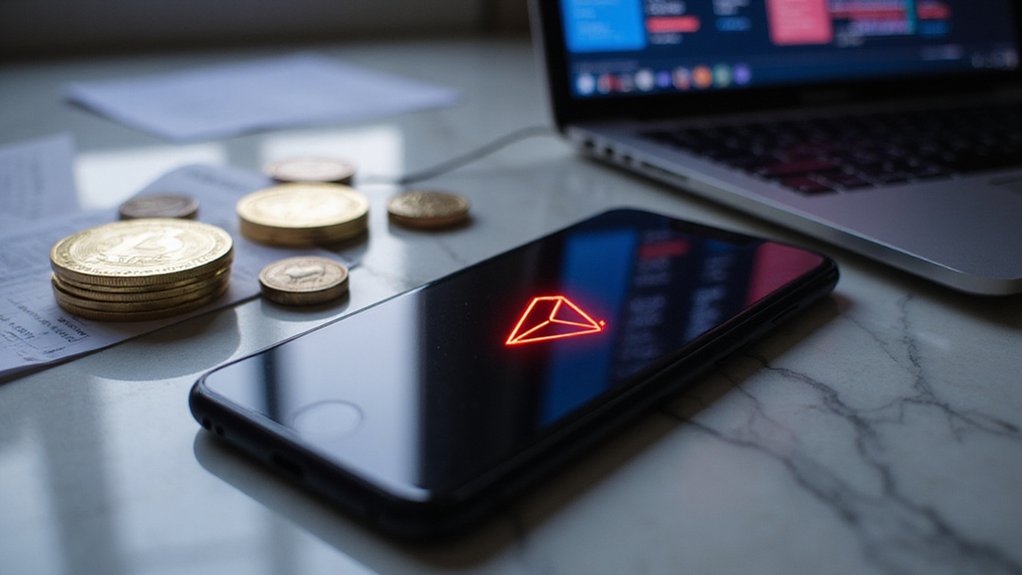Telegram has embedded a crypto wallet directly into its messaging platform, transforming the act of sending digital currency into something as mundane as sharing a meme—though presumably with more consequential financial implications. The messenger’s integration of a self-custodial wallet eliminates the friction typically associated with cryptocurrency transactions, allowing users to transfer tokens with the same effortless swipe that dispatches cat videos to unsuspecting relatives.
Cryptocurrency transactions now require no more effort than sending your grandmother an ill-advised political meme at Thanksgiving dinner.
This development represents the first major social platform to embed native crypto functionality for its approximately 87 million U.S. users. The wallet operates on The Open Network (TON) blockchain—Telegram’s proprietary infrastructure launched in 2018—which promises the holy grail of cryptocurrency: high speed and low costs. Users maintain control of their private keys through a two-part recovery system linking Telegram accounts with email verification, a sensible approach given the industry’s tendency toward irreversible financial mishaps.
The platform supports multiple cryptocurrencies including Toncoin, Tether, and Bitcoin, while offering built-in trading through Omniston and Ston.fi platforms. Perhaps more intriguingly, it features zero-fee Tether purchases via Apple Pay and peer-to-peer trading with a modest 0.9% seller commission—rates that would make traditional remittance services weep into their regulatory compliance manuals. The integration includes comprehensive fraud detection tools designed to protect users from scams and phishing attempts before transaction confirmations.
Telegram’s U.S. rollout in 2025 followed years of regulatory hesitation, with the company initially delaying launch due to legal uncertainties that have since crystallized into something resembling clarity. The timing proves fortuitous, as over 100 million global users had already activated the TON Wallet feature by 2024, suggesting considerable pent-up demand for frictionless crypto integration.
Beyond mere payments, the wallet enables interaction with the broader TON ecosystem, including NFT management, DeFi protocols, and gaming applications. Users can purchase goods and services ranging from mobile internet to VPNs, while the platform’s integration with Telegram bots creates seamless merchant payment flows. This infrastructure parallels innovations in decentralized AI platforms that similarly leverage blockchain technology to deliver services directly through messaging interfaces.
This chat-like transaction model represents a calculated attempt to demystify cryptocurrency for mainstream users, transforming digital assets from abstract speculation into practical utility. Whether this approach succeeds in bridging the chasm between crypto evangelism and mass adoption remains an open question—one that 87 million Americans will now help answer.









